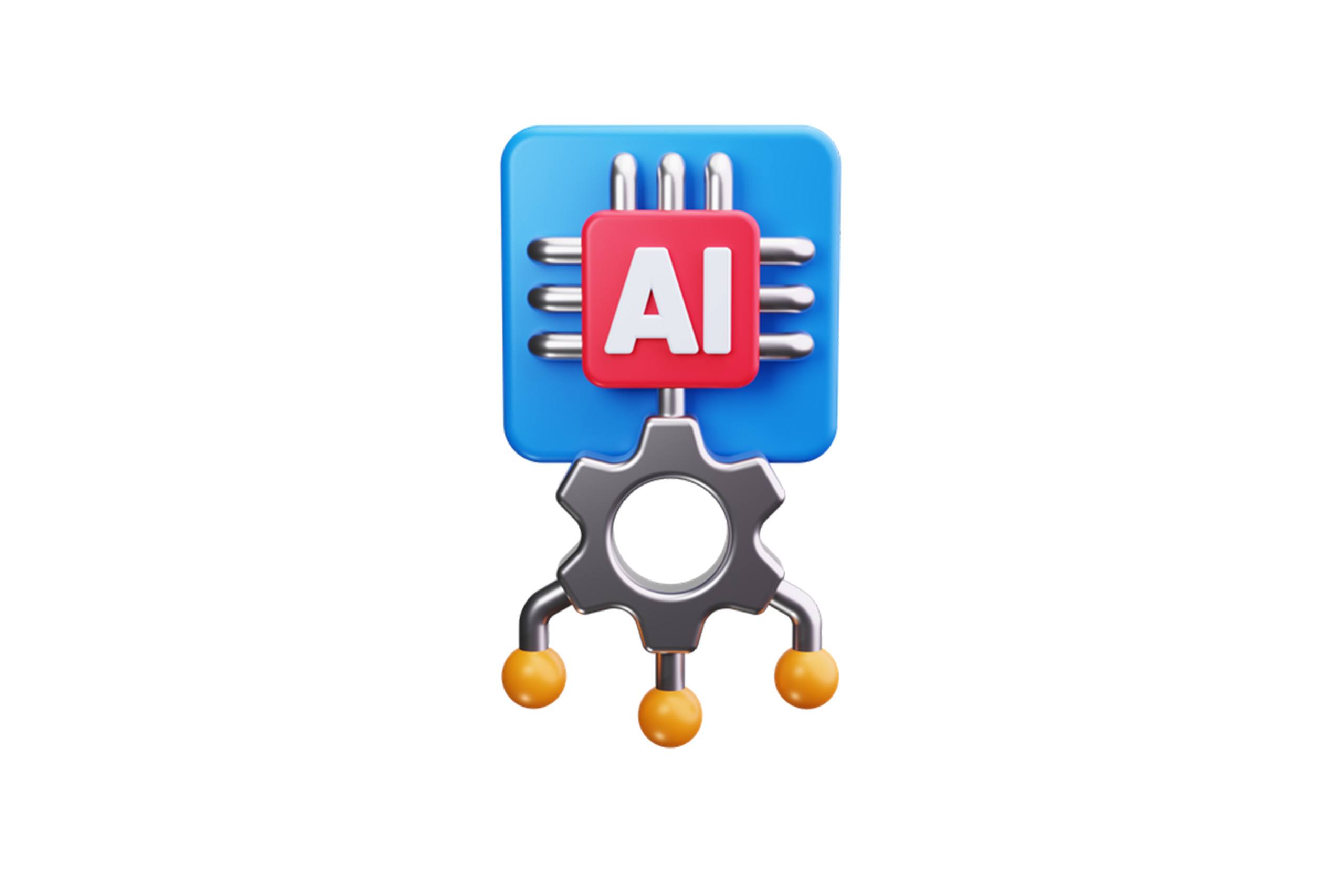Designing with Artificial Intelligence in Mind: A New Era of Architecture
Architecting for Artificial Intelligence Design
As artificial intelligence (AI) continues to evolve, the architectural design of AI systems has become a critical focus for organizations looking to leverage this powerful technology. A well-thought-out AI architecture not only enhances performance but also improves scalability, maintainability, and integration with existing systems. This article explores the key considerations and strategies for architecting effective AI systems.
1. Understanding AI Requirements
Before diving into the architectural design, it is essential to thoroughly understand the specific requirements of the AI application. Consider the following questions:
- What problem is the AI intended to solve?
- What type of data will it use, and how will that data be collected and processed?
- What level of performance and accuracy is required?
- How will the AI integrate with existing systems and workflows?
Answering these questions provides a solid foundation for crafting an architecture that aligns with the project’s goals.
2. Data Management Architecture
AI relies heavily on data; thus, a robust data management architecture is paramount. Key considerations include:
- Data Sources: Identify both structured and unstructured data sources, including databases, real-time data streams, and external APIs.
- Data Storage: Choose appropriate storage solutions (e.g., data lakes, warehouses) that cater to the volume and variety of data being handled.
- Data Processing: Implement data pipelines that can clean, transform, and prepare data for analysis and model training efficiently. Technologies like Apache Spark and TensorFlow can play a crucial role here.
3. Choosing the Right AI Models
The choice of algorithms and models significantly impacts the performance and accuracy of an AI system. Some factors to consider include:
- Model Complexity: Analyze whether simpler models can achieve the desired outcomes or if more complex models like deep learning are necessary.
- Interpretability: Depending on the application, choose models that can provide insights into decision-making processes, which is especially important in regulated industries or where accountability is crucial.
4. Infrastructure Design
The underlying infrastructure is vital for AI systems, as it needs to support the computational demands of training and deploying models. Important aspects include:
- Computational Resources: Assess whether on-premises servers, cloud infrastructure, or hybrid solutions are most suitable based on budget, flexibility, and scalability needs.
- Scalability: Design the architecture to accommodate increased loads and datasets over time. Containerization and orchestration tools like Docker and Kubernetes can facilitate scalable deployments.
5. Security and Compliance
Given the sensitivity of data often used in AI, security and compliance must be at the forefront of architectural design:
- Data Privacy: Implement measures to ensure compliance with regulations like GDPR or HIPAA, particularly when handling personal or sensitive data.
- Security Protocols: Use encryption for data at rest and in transit, alongside stringent access controls and authentication methods.
6. Monitoring and Maintenance
Post-deployment, AI systems require continuous monitoring and maintenance to ensure they perform as expected. Strategies include:
- Performance Monitoring: Track key performance indicators (KPIs) to evaluate model accuracy and effectiveness. Tools like Prometheus or ELK Stack can assist in monitoring.
- Model Retraining: Plan for regular updates and retraining of models to adapt to new data patterns and improve performance over time.
Conclusion
Architecting for artificial intelligence involves a multifaceted approach that considers data, models, infrastructure, security, and ongoing maintenance. By carefully structuring these elements, organizations can harness the full potential of AI technologies while delivering robust, efficient, and secure solutions. As AI continues to advance, staying adaptable and responsive to emerging trends will be vital for long-term success.


